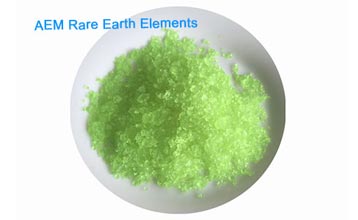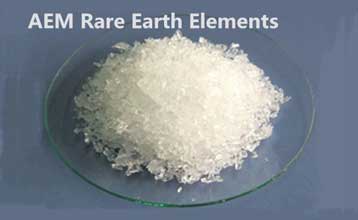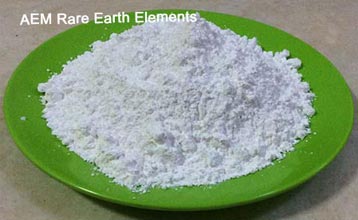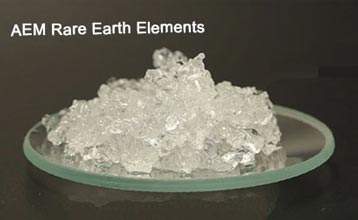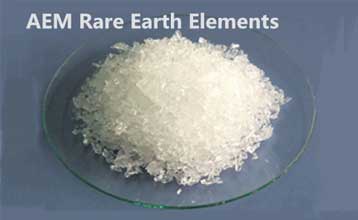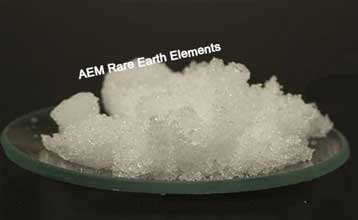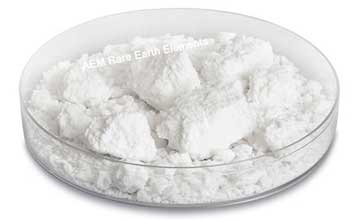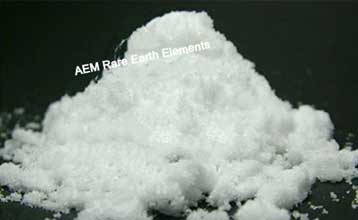
TEL: 086-0731-84472418 | EMAIL: [email protected]
Lithium (Li)Beryllium (Be)Boron (B)Carbon (C)Sodium (Na)Magnesium (Mg)Aluminum (Al)Silicon (Si)Potassium (K)Calcium (Ca)Scandium (Sc)Titanium (Ti)Vanadium (V)Chromium (Cr)Manganese (Mn)Iron (Fe) Cobalt (Co)Nickel (Ni)Copper (Cu)Zinc (Zn)Gallium (Ga)Germanium (Ge)Arsenicum (As)Selenium (Se) Strontium (Sr)Yttrium (Y)Zirconium (Zr) Niobium (Nb)Molybdenum (Mo)Ruthenium (Ru)Rhodium (Rh)Palladium (Pd)Silver (Ag)Cadmium (Cd)Indium (In)Tin (Sn)Antimony (Sb) Tellurium (Te)Barium (Ba)Lanthanum (La)Hafnium (Hf)Tantalum (Ta)Tungsten (W)Rhenium (Re) Iridium (Ir) Platinum (Pt)Gold (Au)Lead (Pb)Bismuth (Bi)Cerium (Ce) Praseodymium (Pr) Neodymium (Nd)Samarium (Sm)Europium (Eu)Gadolinium (Gd) Terbium (Tb)Dysprosium (Dy)Holmium (Ho)Erbium (Er)Thulium (Tm)Ytterbium (Yb)Lutetium (Lu)

